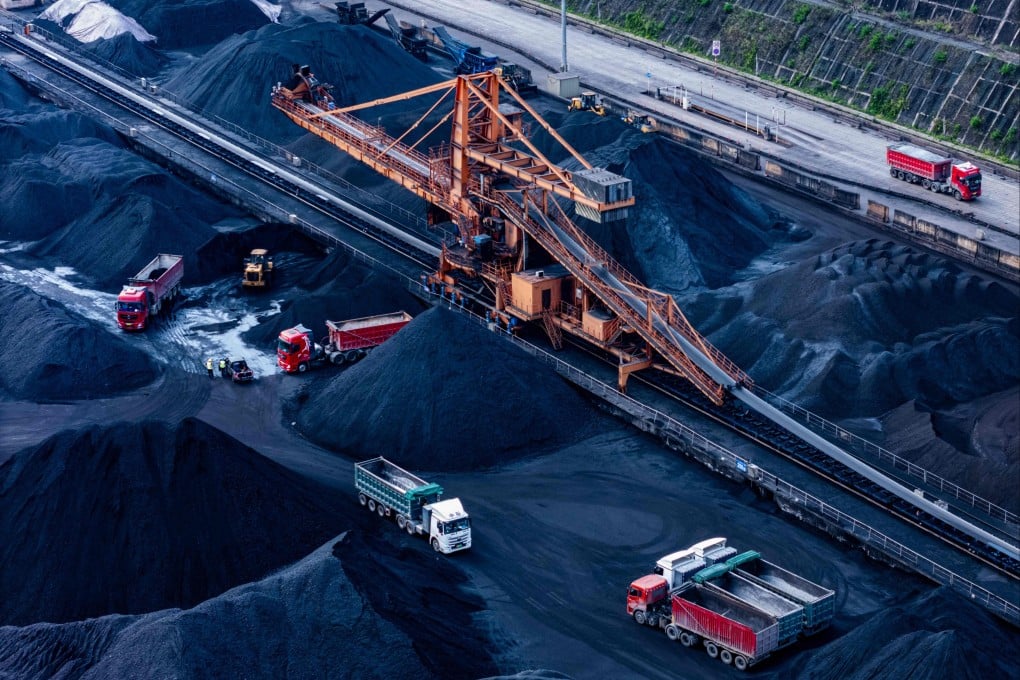Advertisement
Opinion | China must resist greenwashing its dirty coal habit with green bonds
Can China credibly claim climate leadership while doubling down on its dirtiest fuel?
Reading Time:4 minutes
Why you can trust SCMP
5

China recently issued its first sovereign green bonds on the London Stock Exchange, a landmark moment that projected Beijing as a leader in sustainable finance. The move was welcomed: it promised to channel international capital into China’s vast green economy and could deepen climate cooperation with Britain and the European Union.
Advertisement
But China also continues to approve new coal power plants and last year launched construction on 94.5 gigawatts of capacity, the most since 2015. Therein lies a dilemma: can China credibly claim climate leadership while doubling down on its dirtiest fuel?
To be fair, China’s environmental achievements are impressive and often underappreciated. It has become the world’s largest investor in renewable energy, with the most installed solar and wind power. It pledges to peak its carbon emissions before 2030 and reach carbon neutrality by 2060. It dominates the clean technology markets, from electric vehicles to solar panels, and has made serious investments in reforestation, electrified public transport and emissions trading.
Yet for all of its effort and glossy green messaging abroad, China’s domestic energy strategy undermines its global climate efforts.
Coal remains the dark heart of China’s energy system, accounting for around 60 per cent of national energy consumption – down from past decades, but still more than twice the global average.
Advertisement
China is the world’s largest coal producer and consumer. In response to the 2021 power crunch, Beijing ramped up coal production. For two years in a row, it ordered coal mines to operate flat out. Last year, it approved 66.7GW of new coal power capacity, more than the rest of the world combined.
Advertisement
